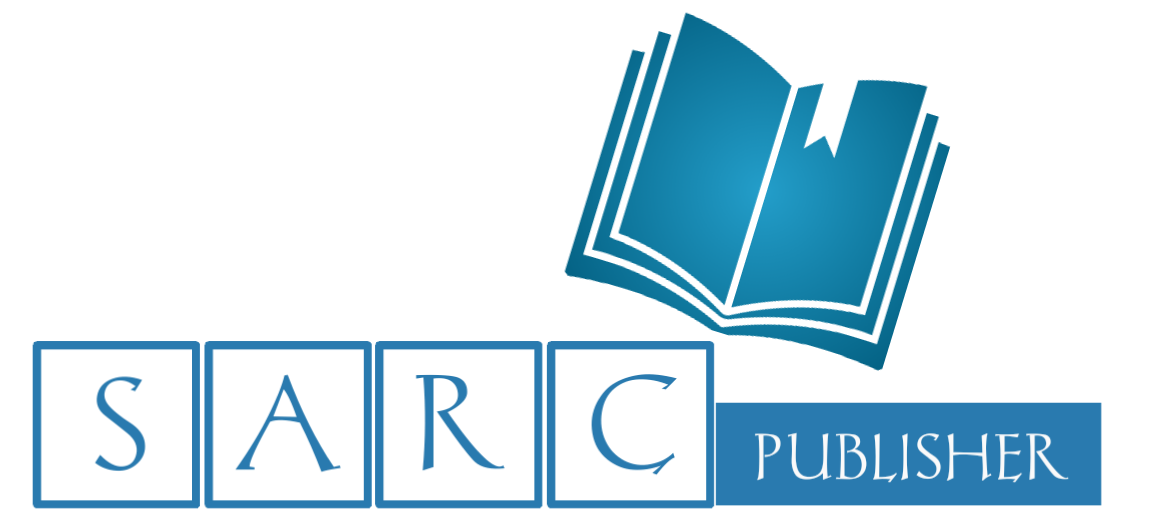LETTER TO THE EDITOR
We read with interest the article by Qazi et al., about a single- centre, cross-sectional study of 120 patients >60 years of age with symptomatic magnetic resonance imaging (MRI)-confirmed lumbar disc herniation testing the diagnostic accuracy of the straight leg raise test (SLRT), also known as Lasegue sign [Qazi, S. A. et al., 2023]. The sensitivity of SLRT was only 33% and its diagnostic accuracy decreased with increasing age [Qazi, S. A. et al., 2023]. It was concluded that the diagnostic accuracy of SLRT is low and steadily decreases with increasing age [Qazi, S. A. et al., 2023]. The study is impressive, but some points require further discussion.
The first point is that the clinical assessment of the presence or absence of a herniated disc is based not only on SLRT but on several other symptoms, signs, and clinical tests. These include assessment of muscle strength, resolution of the Achilles tendon reflex, tibialis posterior reflex, patella tendon reflex, or adductor reflex, sensory testing, the presence of paresthesias or dysesthesias presence or absence of fasciculations, presence or absence of urinary dysfunction or defecation problems, as well as pain characteristics and type of radiation.
The second point is that the sensitivity of the SLRT depends largely on the level of the herniated disc. It is usually only positive if the radices L5 (disc L5/S1) or L4 (disc L4/5) roots are affected by the herniated disc. Higher levels such as L1-3 roots are often associated with negative or only slightly positive SLRT. In these cases, the reverse Lasegue sign is more sensitive and is generally recommended. Therefore, patients with disc herniations above vertebra L4 should be excluded from the analysis. We also recommend ruling out multilevel disc herniations. In these cases, false negative results are very likely and could be the reason for the low sensitivity of SLRT in the studied cohort.
The third point is that SLRT can only be considered positive if it causes pain in the lumbar spine. In patients who complain of knee, thigh, or hip pain during SLRT, the SLRT should be considered negative. Pain in these structures during SLRT should be due to causes other than the herniated disc.
The fourth point is that there may be a difference between medial or lateral disc herniation. Lateral disc herniations can be further divided into herniated discs that close the foramen and laterally herniated discs that do not close the foramen. We should know whether there was a difference in the sensitivity of SLRT with respect to these subtypes.
The fifth point is the observation that in the sample, 3.3% had an L1–L2 hernia, 1.7% had an L2–L3 hernia, and 5% had an L3–L4 hernia. However, none of the patients with herniation at these levels had a positive SLRT [1]. Therefore, we should know whether these patients had at least a positive reversed Lasegue test.
The sixth point is that it is incomprehensible why only patients >60 years of age were included [1]. Higher hamstring muscle strength in younger patients is not an argument against including patients because SLRT can only be performed when the hamstring muscles are completely relaxed. Therefore, the results of SLRT are independent of its strength and patients under 60 years could also be included.
In summary, the interesting study has limitations that put the results and their interpretation into perspective. Clarifying these weaknesses would strengthen the conclusions and could improve the study. Lumbar disc herniations should not be diagnosed using SLRT alone, but rather using a multimodal approach that includes history, symptoms, sings, and instrumental examinations.
